My favorite series of novels is The Kinsey Millhone Alphabet Series by Sue Grafton. My children are Zack and Alex, Z to A. I am beginning to wonder how much of my life has been influenced by my many years of teaching the alphabet to early childhood students!
Experience and research have given us some effective ways for teachers and parents to help young children learn their letters both in the classroom and at home. First, letters should not be taught in order from A to Z (sorry, Sue Grafton). Although children are more familiar with A, B, and C, it is more effective to teach the letters in a child’s name first. Those letters are meaningful and motivating to a child and are letters with which he or she has a connection.
Second, teaching a “letter of the week” is not the best strategy. Doing so ignores each child’s background knowledge about the letters as well as the differences in how each child learns the letters. “Letter of the Week” also gives an equal amount of time to learning each letter which ignores the research showing that some letters are easier or harder to learn than others. So, while Y may be a difficult letter to learn for the average child, Yolanda has had it mastered from very early on thanks to it being the beginning letter of her name!
Third, teaching letters and sounds in a whole group format is less desirable than doing so in small groups. When working with small groups of students or individuals , one is able to differentiate instruction based on the letters and sounds children already know or those with which they are struggling.
Lastly, letters and sounds need to be taught in a variety of ways to target all modalities of learning. Using hands-on activities that address the needs of visual learners who need to see things, auditory learners who need to hear things, tactile learners who need to touch things, and kinesthetic learners who need to learn through movement, proves to be much more effective for young children than doing alphabet worksheets, for example. Everything from going on a letter hunt, singing alphabet songs, making letters with their bodies, or tracing letters in a tray of sand can benefit all children.
Early alphabet knowledge is one of the best predictors of later literacy achievement, so let this information be food for thought as you reflect on alphabet knowledge teaching practices. While it isn’t as easy as A, B, C, making small changes in how we teach the alphabet to young children will certainly have a lasting impact. Need some ideas for hands-on alphabet activities? Check out these great products ideal for use at home or in the classroom.
Jennifer Fernandez
Jennifer has over 30 years of experience in education. She has degrees in Elementary Education, Spanish, and Bilingual Education and holds teaching licenses in Texas and Minnesota. She has taught PreK-2nd grade in general and bilingual settings, served as a professional learning specialist for seven years, and currently presents at state and national conferences.
Read more by Jennifer Fernandez–>

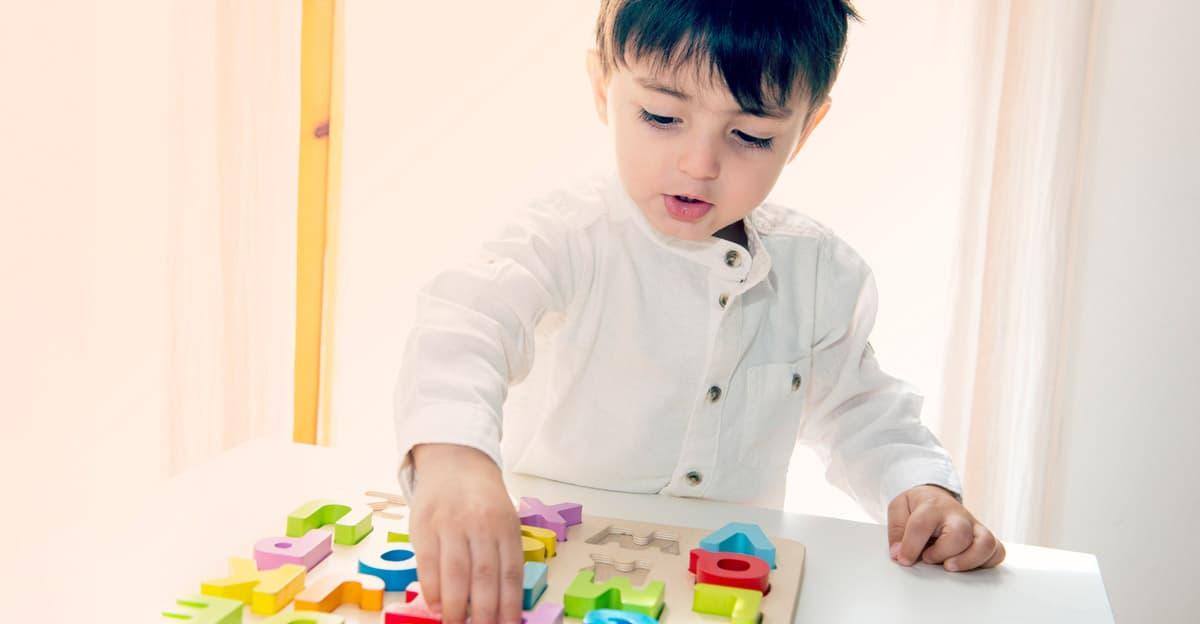
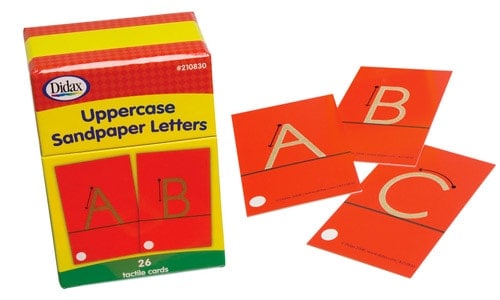


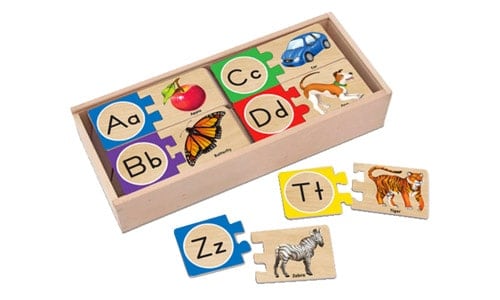


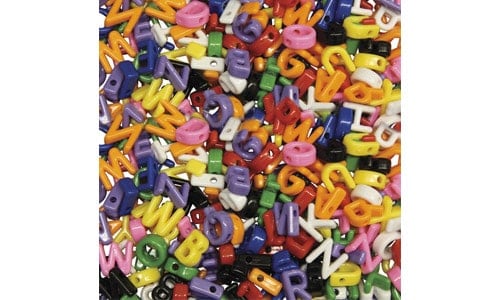

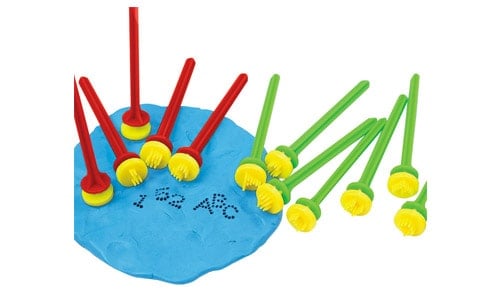
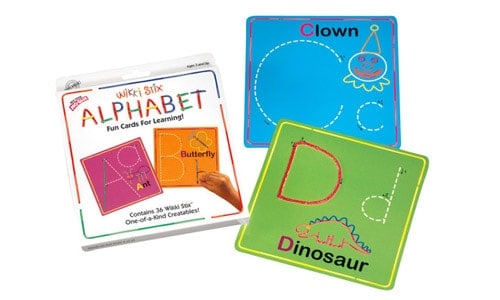


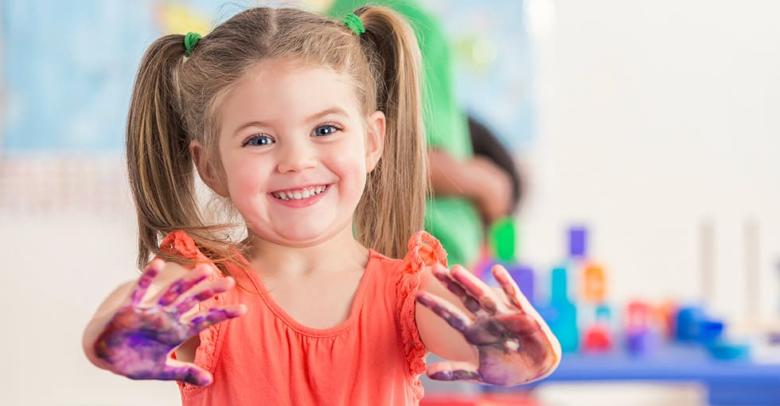
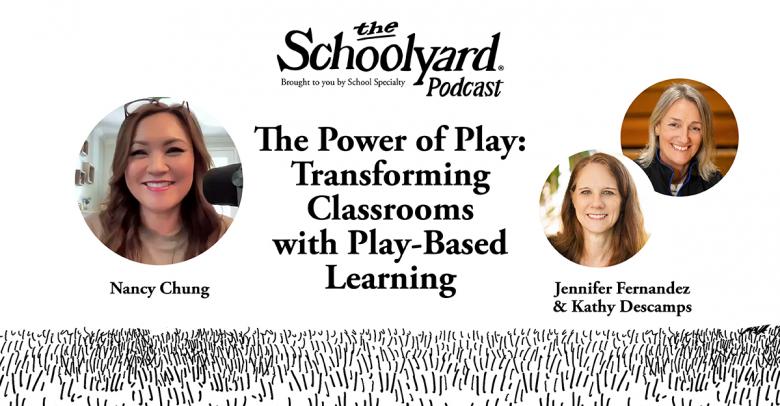

Leave a Reply